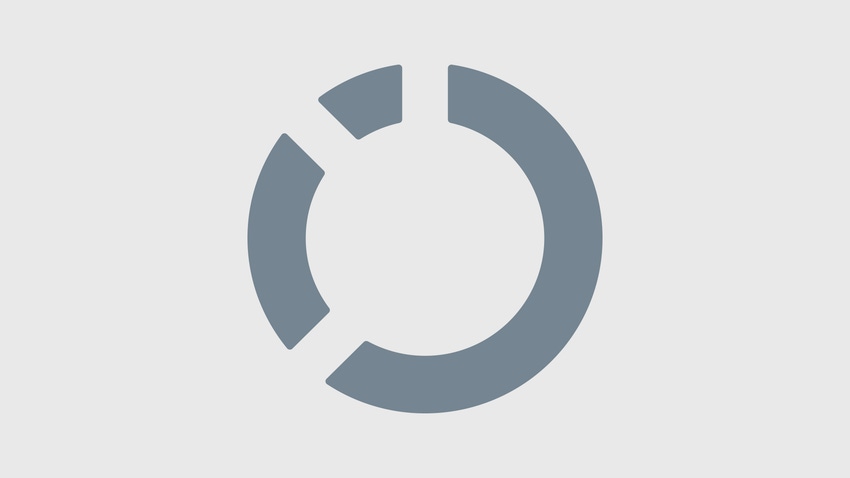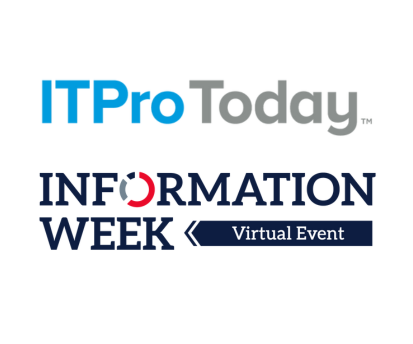Healthcare Experts Balance Patient-Reported Data Promise, Problems
Patient questionnaires can detect problems clinicians miss, but it's still hard to integrate the data into electronic health records systems, say American Medical Informatics Association conference panelists.


10 Wearable Health Gadgets
10 Wearable Health Gadgets (click image for larger view and for slideshow)
Several major academic medical centers have been fairly successful collecting electronic patient-reported data to help manage care and improve outcomes, but they still struggle to integrate the information with clinical information systems and physician workflow.
Such data can automate patient check in, assist with triage, lessen waiting time and get at health issues that might otherwise have gone unnoticed, presenters at the American Medical Informatics Association (AMIA) annual symposium said Sunday in Chicago. "The patient is the gold standard for reporting," said Dr. Deborah Miller, a social worker in the Mellen Center for Multiple Sclerosis Treatment and Research at the Cleveland Clinic, who moderated the session.
The Cleveland Clinic has collected patient-reported outcomes (PRO) data on more than 720,500 patient visits since 2007, including upwards of 83,000 in its Epic MyChart patient portal, according to neurologist Dr. Irene Katzan, director of the clinic's Center for Outcomes Research and Evaluation. The database contains about 13 million responses from 238,000 patients, and 1,062 providers actively contribute to data collection.
[ There's almost no end to the amount of useful medical information available online. To spy seven valuable resources, see 7 Health Education Tools For Patients. ]
When patients arrive for appointments at several Cleveland Clinic departments, they enter information on tablets or on touchscreen kiosks in the waiting areas; the organization has deployed about 385 tablets for this purpose, Katzan said. Patients also can enter information online through Epic's MyChart, though only 30% of data collection is happening this way.
The clinic uses the PRO data to provide insight into issues relevant to patients, to identify areas in need of quality improvement, for comparative effectiveness research and for showing outcomes. "It could be useful to demonstrate our value" in a pay-for-performance reimbursement system, Katzan said of the latter.
Cleveland Clinic has connected the PRO system, called Knowledge Program, with the Epic EHR through a Web-based interface. "We have modest clinical decision support and we are working to make that better," Katzan said.
Some others are not as far along in terms of clinical integration. Claire Snyder, co-chair of the Cancer Outcomes and Health Services Research Interest Group at Johns Hopkins Bloomberg School of Public Health, helped develop a system called PatientViewpoint at the Baltimore teaching institution.
"At its heart, PatientViewpoint is an electronic questionnaire delivery device," Snyder explained. It is similar to a form where physicians can order lists of patients with a specific range of laboratory values to participate in disease management programs and clinical trials.
Hopkins has trialed the system in the oncology department. Before an appointment, each patient gets an email offering the questionnaire, logs in and answers a series of questions. PatientViewpoint displays the results for the patient and allows each person to query their doctors through the secure portal.
On the other end, the physician sees as many as the five most recent assessments, and the system highlights any scores perceived to be a problem, either because they seemed out of line or represented a possible serious medical problem. In a survey Snyder discussed Sunday, the majority of patients said PatientViewpoint was easy for them to use and the questions were comprehensible. About half of clinicians agreed that it helped improve their understanding of their patients.
"It also helped us identify problems that otherwise might have gone unnoticed," Snyder added. "That's really what we're hoping to accomplish with PatientViewpoint."
Hopkins is transitioning to Epic EHR, so there's no point in linking the reporting system to the old electronic health records (EHR) system just yet, so the data comes in as "boring" text, Snyder said. Clinicians liked the graphical representation, but were not happy about having to log in separately, rather than view the results through the EHR.
Hopkins built and tested PatientViewpoint with funding from the National Cancer Institute and the American Cancer Society, and now is looking for commercial partners, Snyder said.
AMIA attendees also heard of PRO studies from oncology patients at Mayo Clinic in Scottsdale, Ariz., who reported on their feelings before and after radiation treatment, and of a screening system at the University of Pittsburgh. Since 2003, the University of Pittsburgh Medical Center health system has used tablet computers to allow select patients to complete history forms electronically at check-in.
The results go to a medical assistant in the exam room, who prints out an assessment for the physician, since the system still is not fully interfaced with the EHR. The IT department is developing its own version of the assessment tool for future integration into the Epic MyChart portal, according to health IT researcher and women's health specialist Dr. Rachel Hess.
At Mayo, a patient questionnaire system was not accessible beyond the internal firewall for security reasons during a trial period, but there is a bigger roadblock to wider use, according to radiation oncologist Dr. Michele Halyard. "Our clinicians did not particularly find the management pathways helpful," Halyard said. If technology does not naturally fit workflow, physicians are likely to ignore it, she added.
About the Author(s)
You May Also Like







